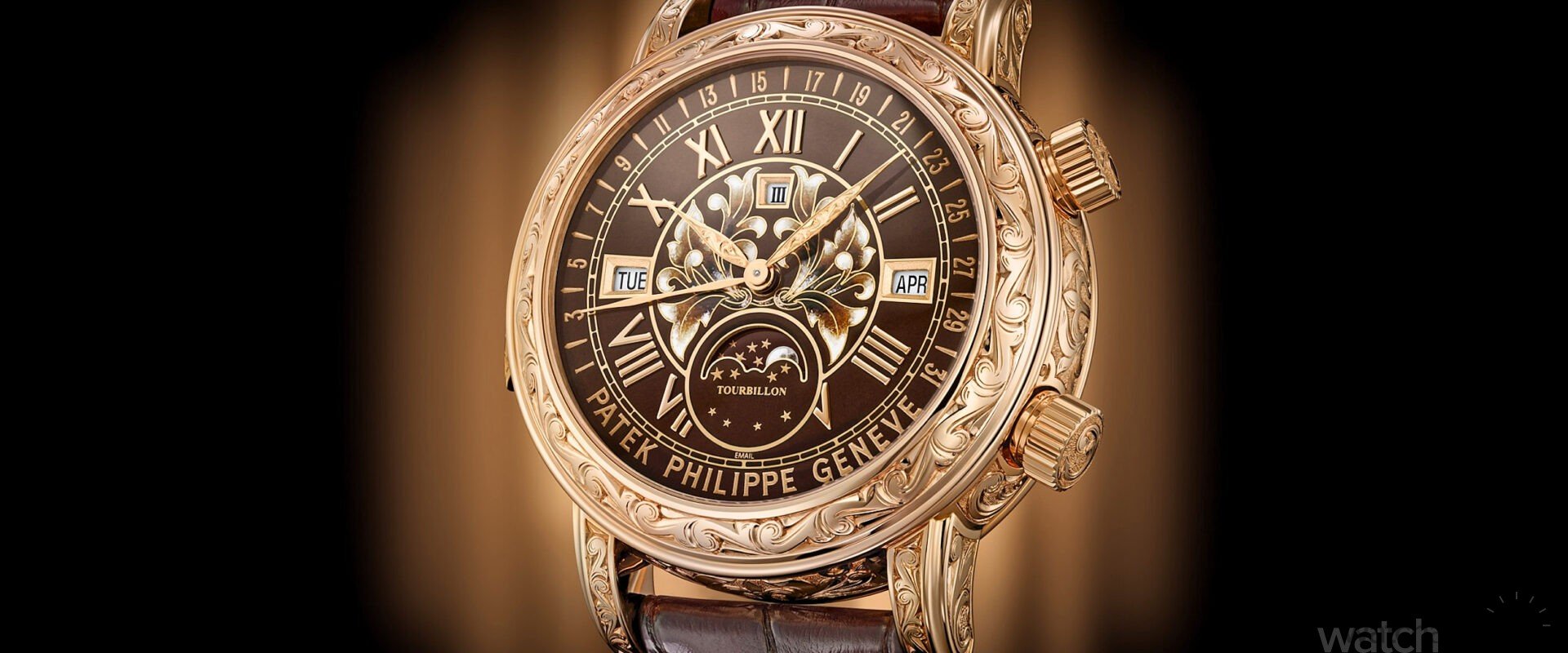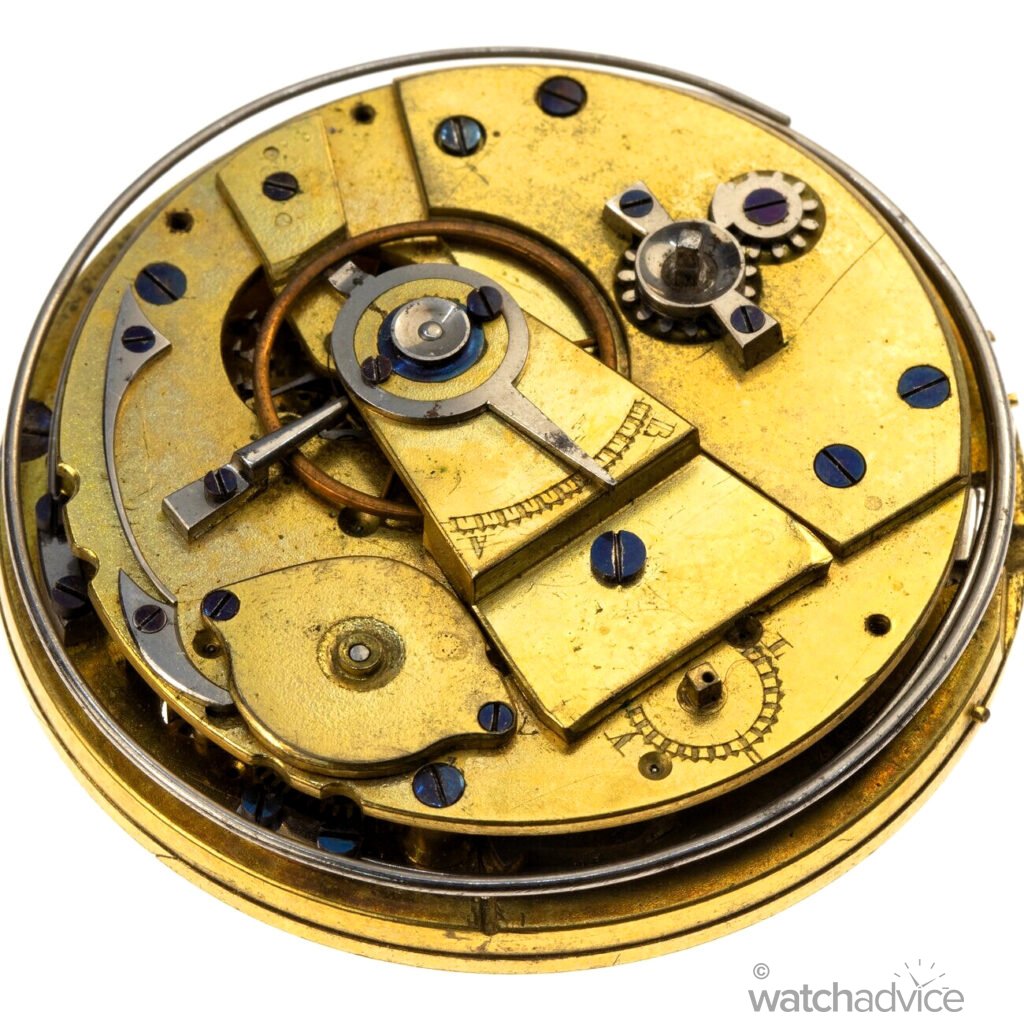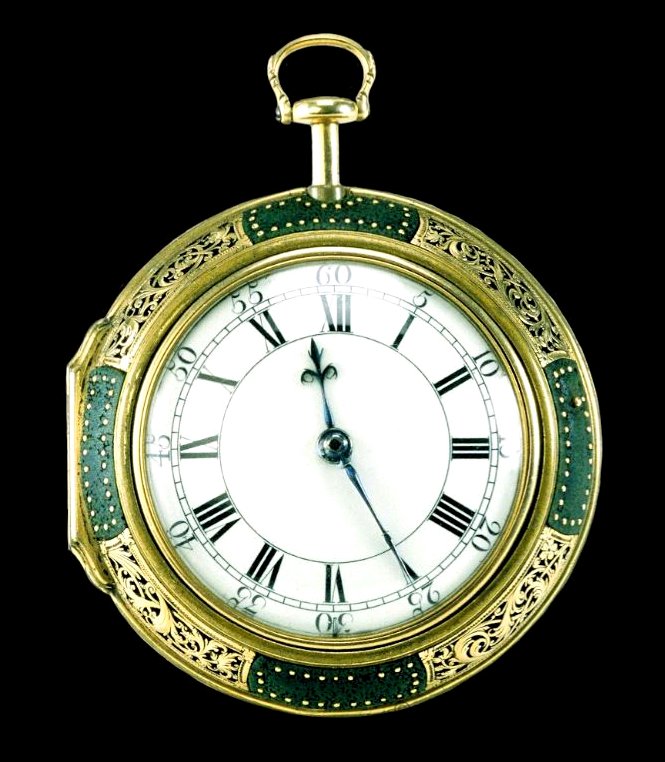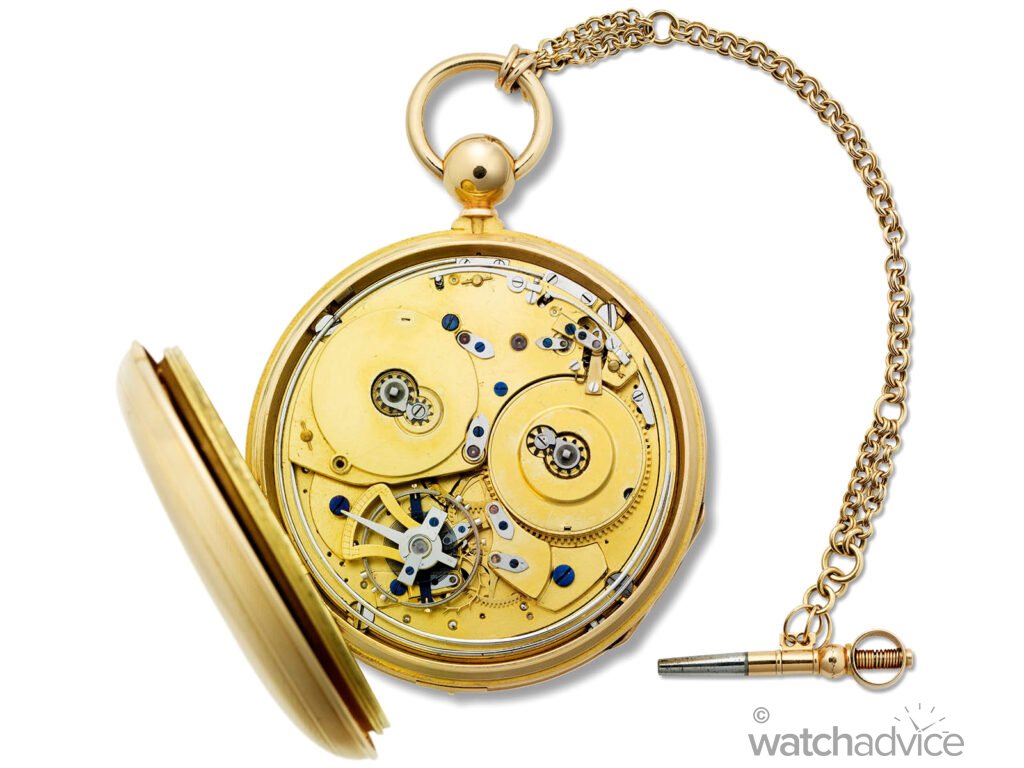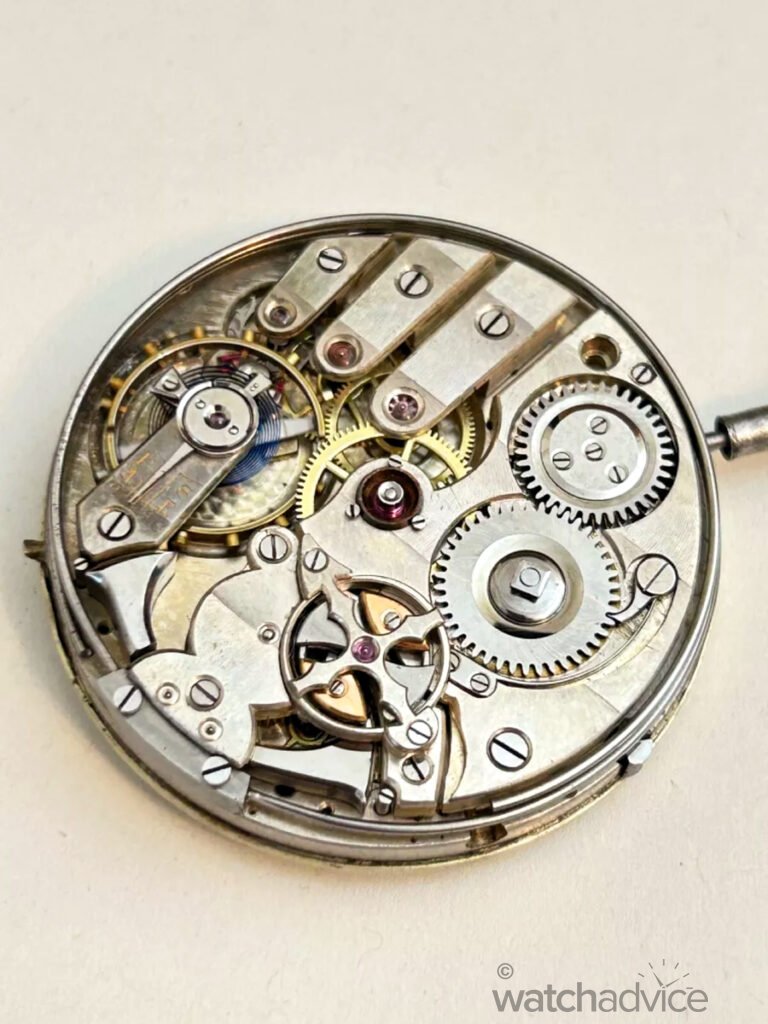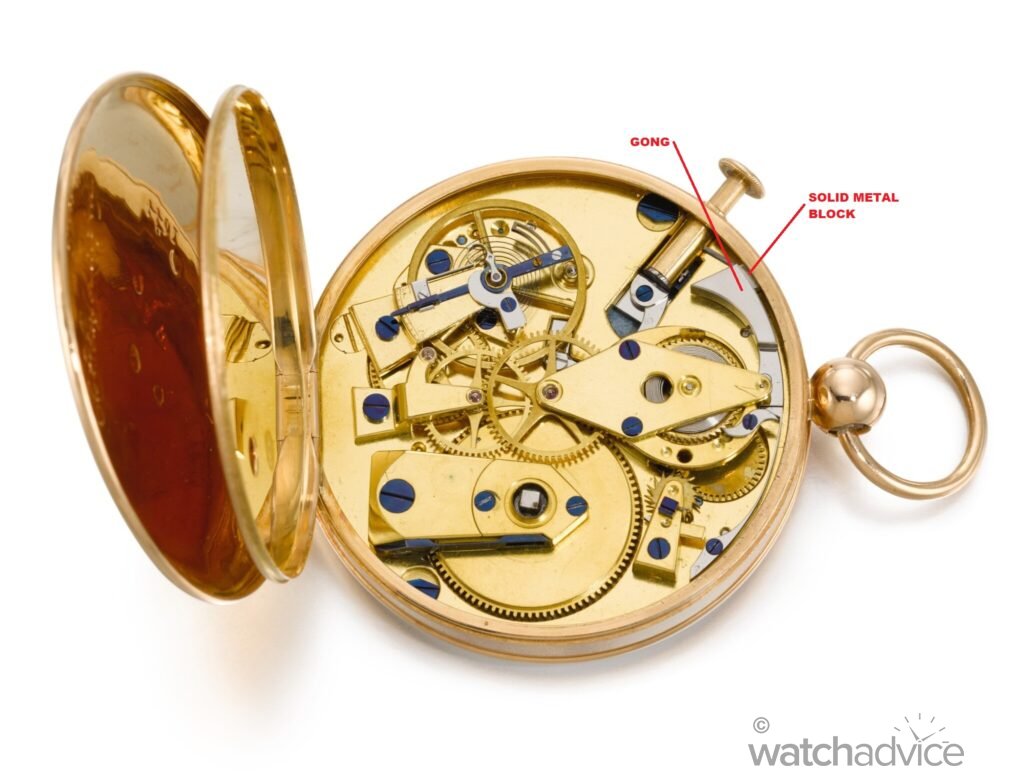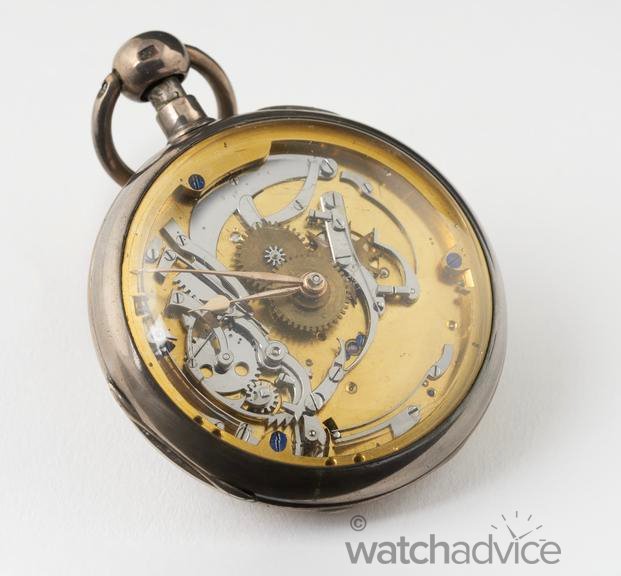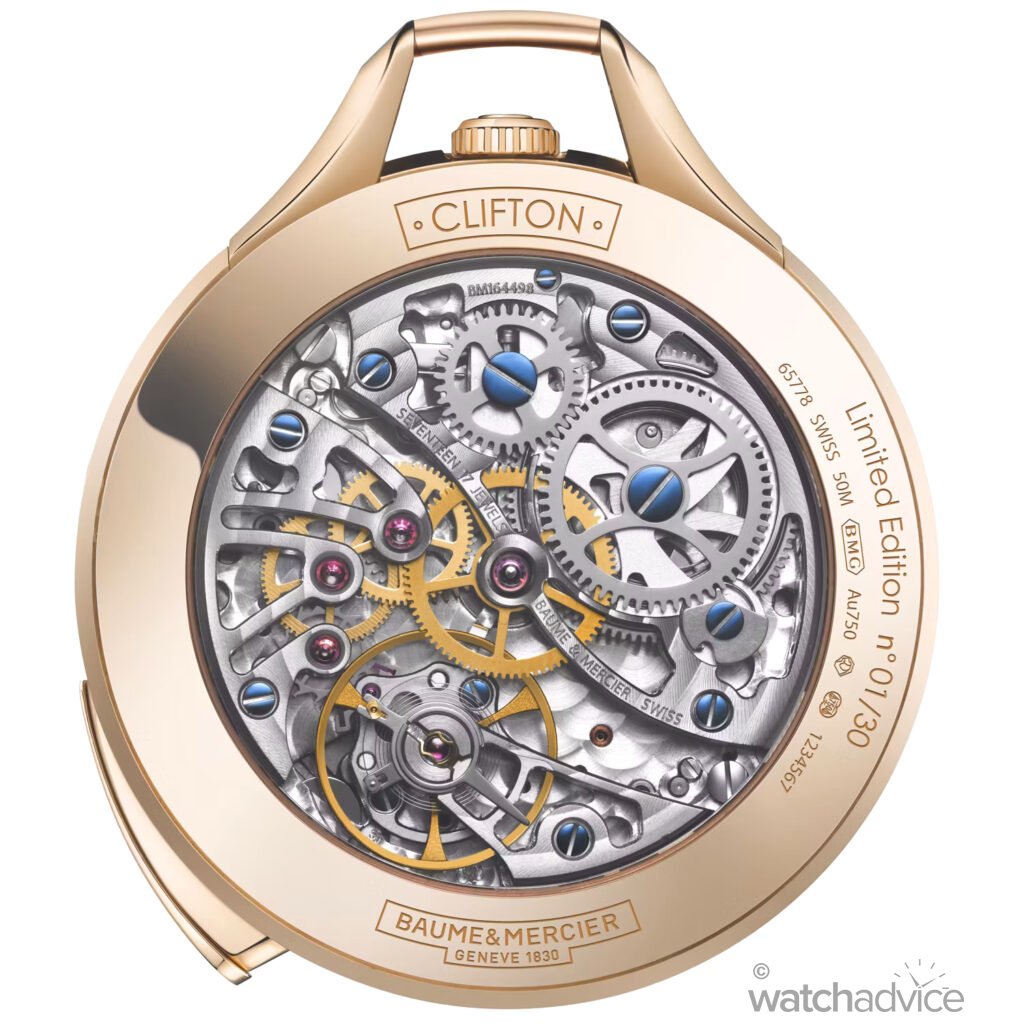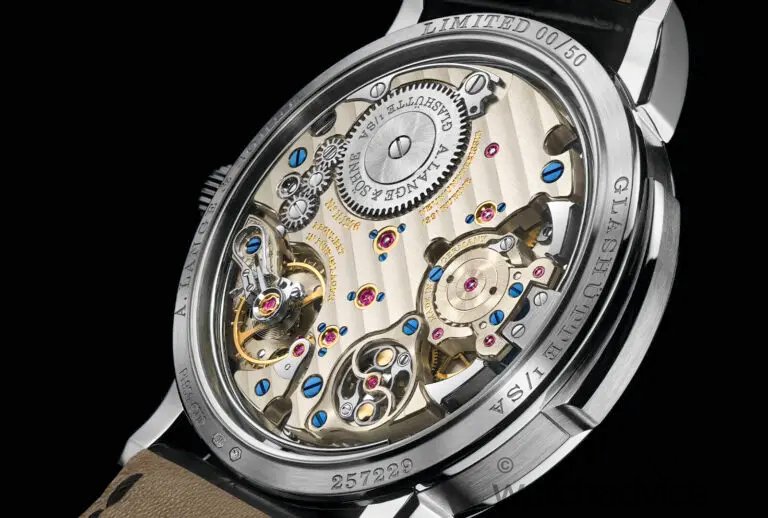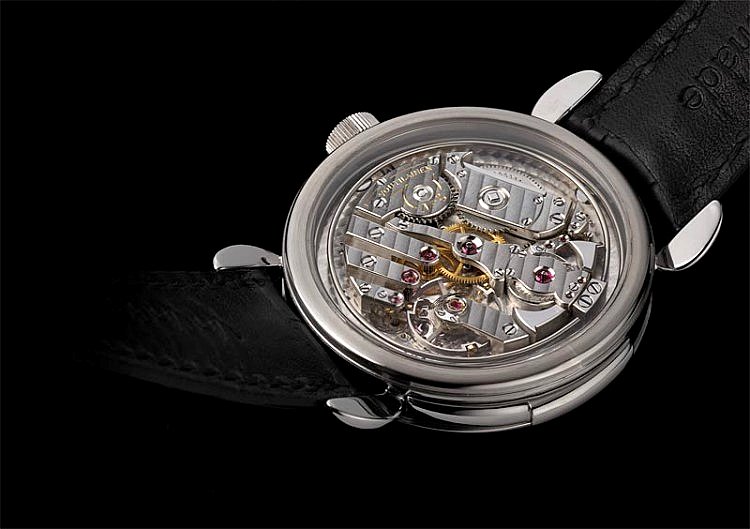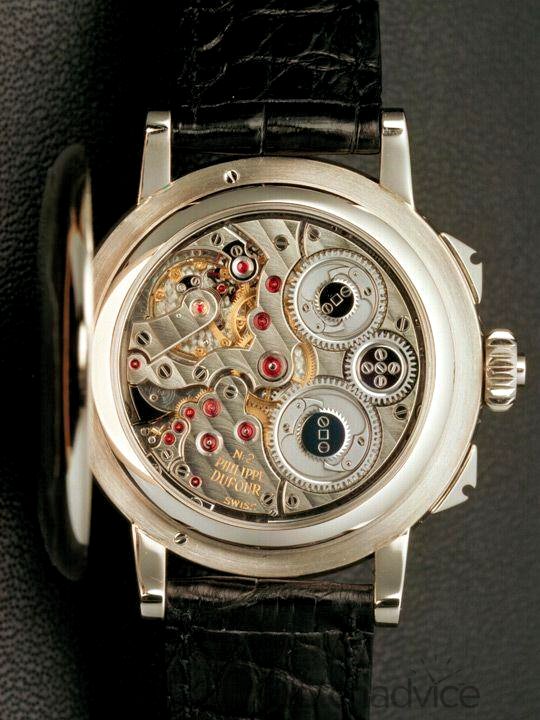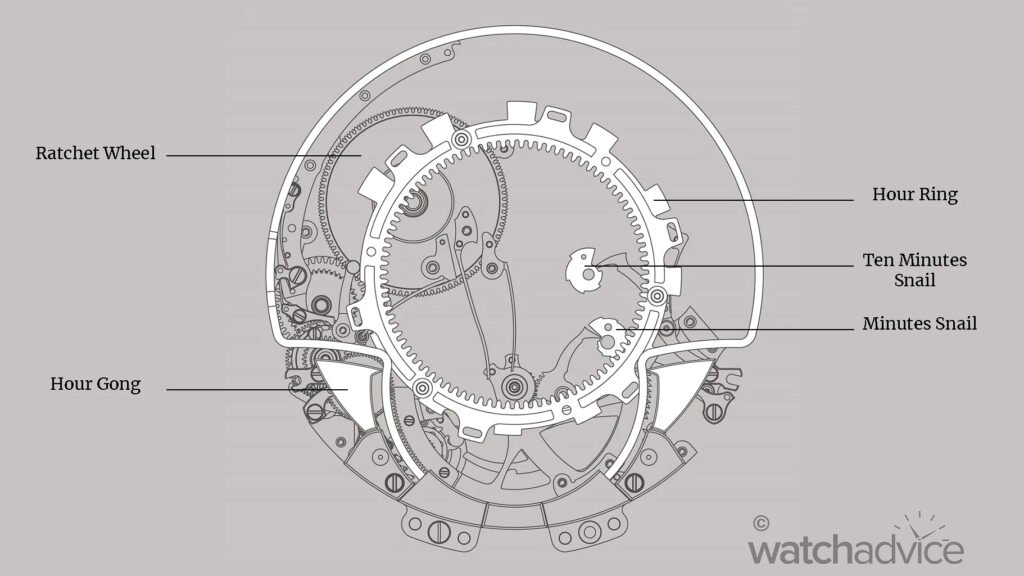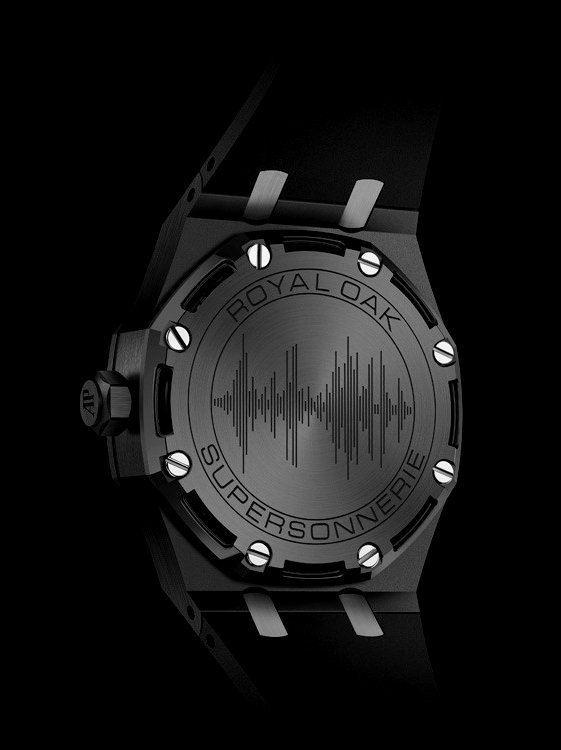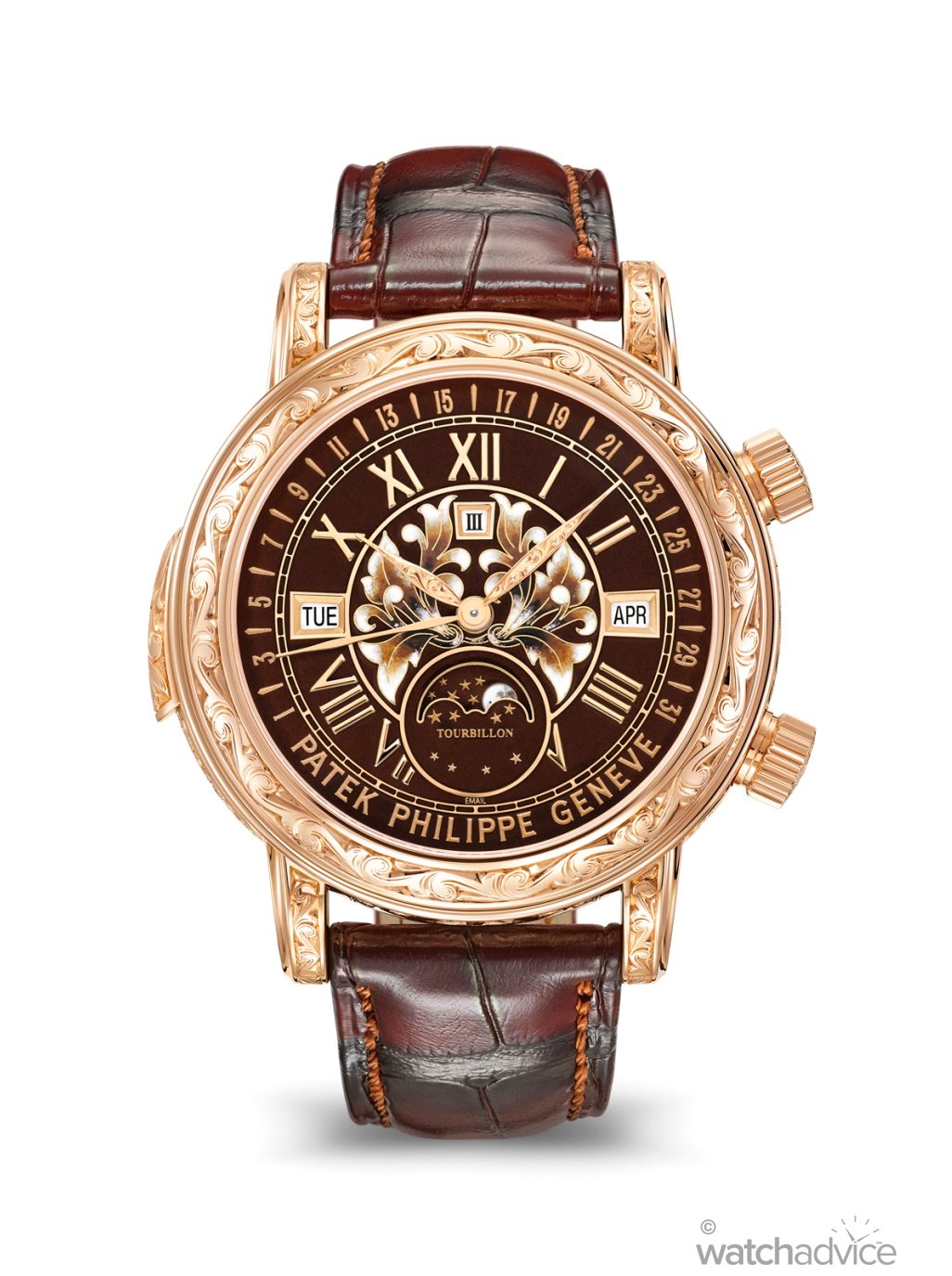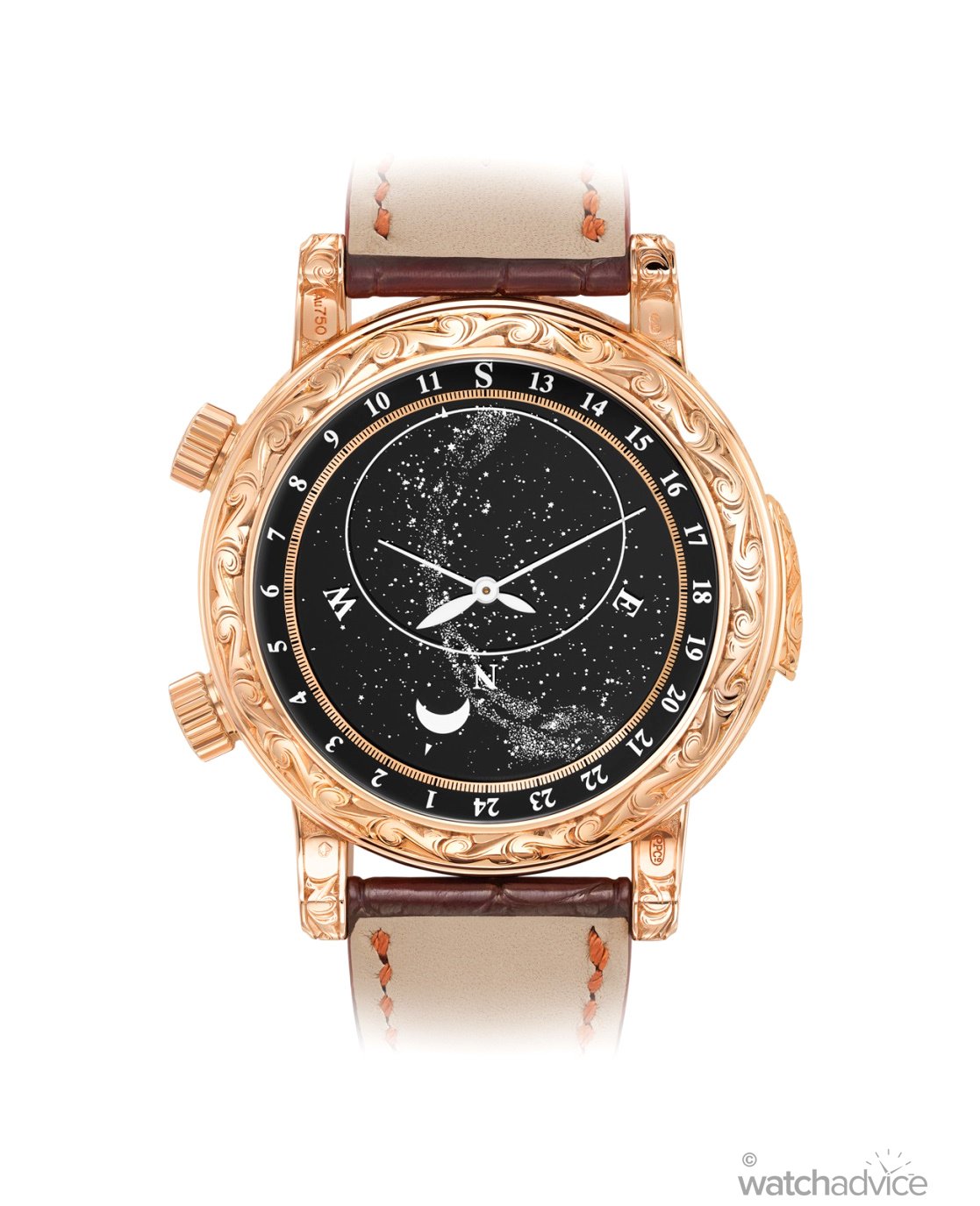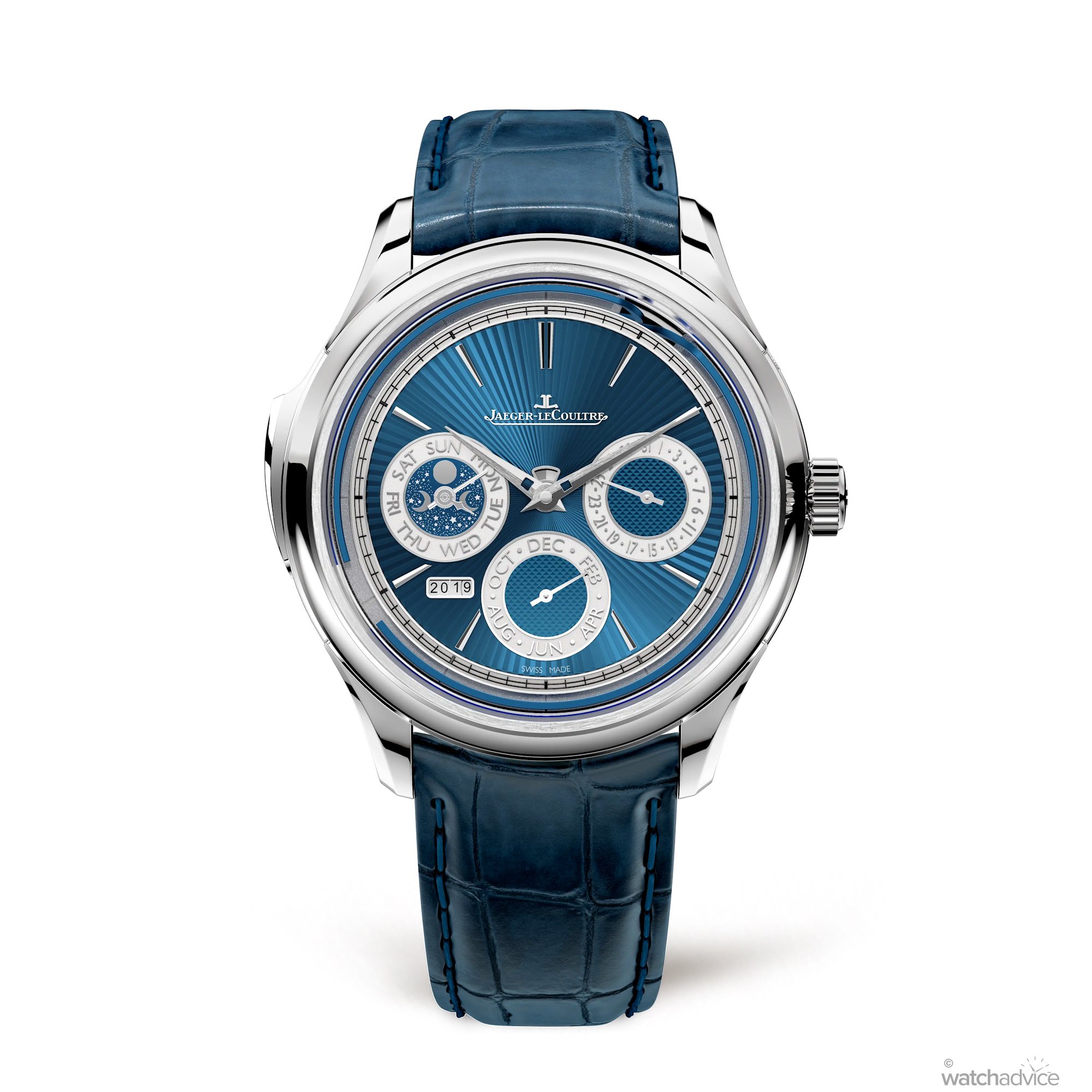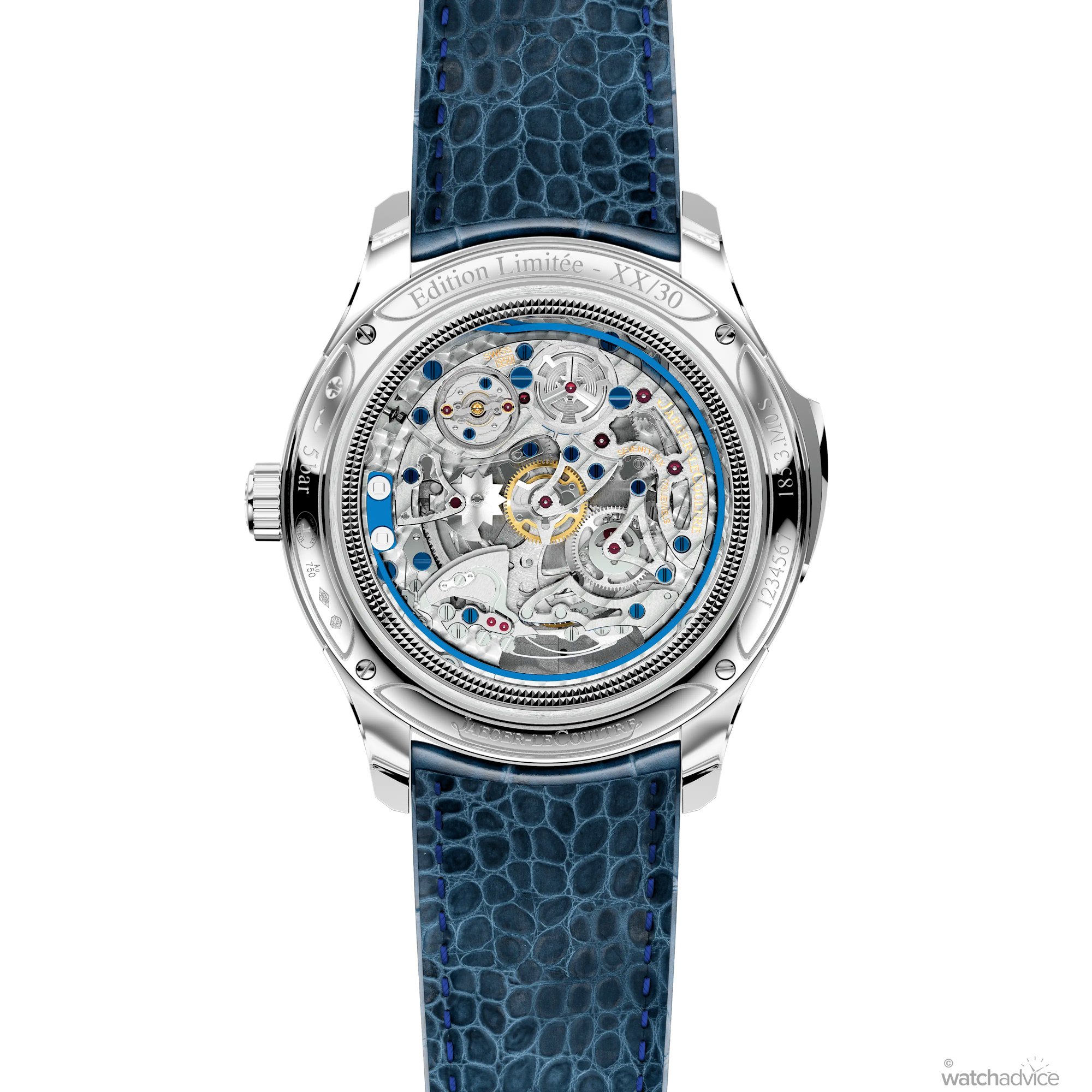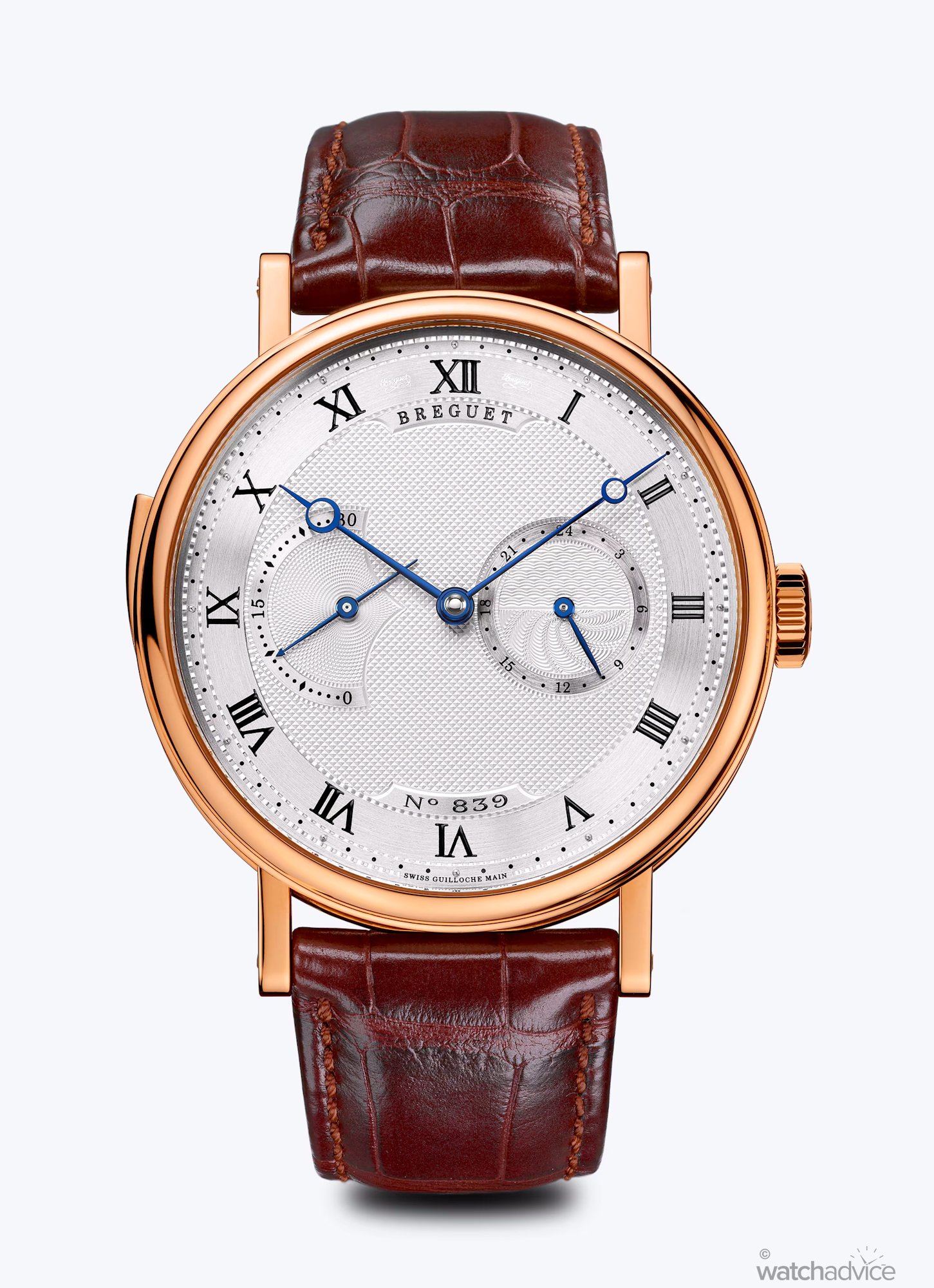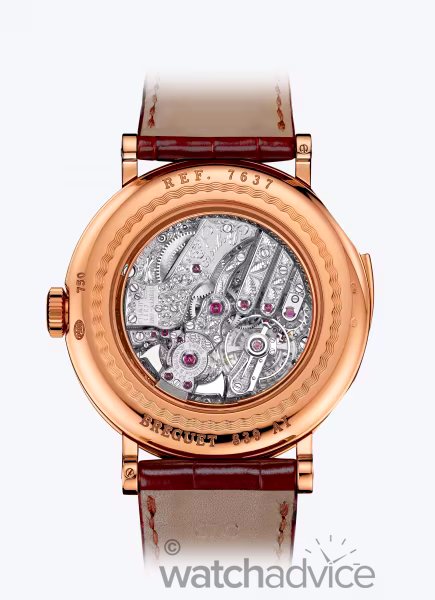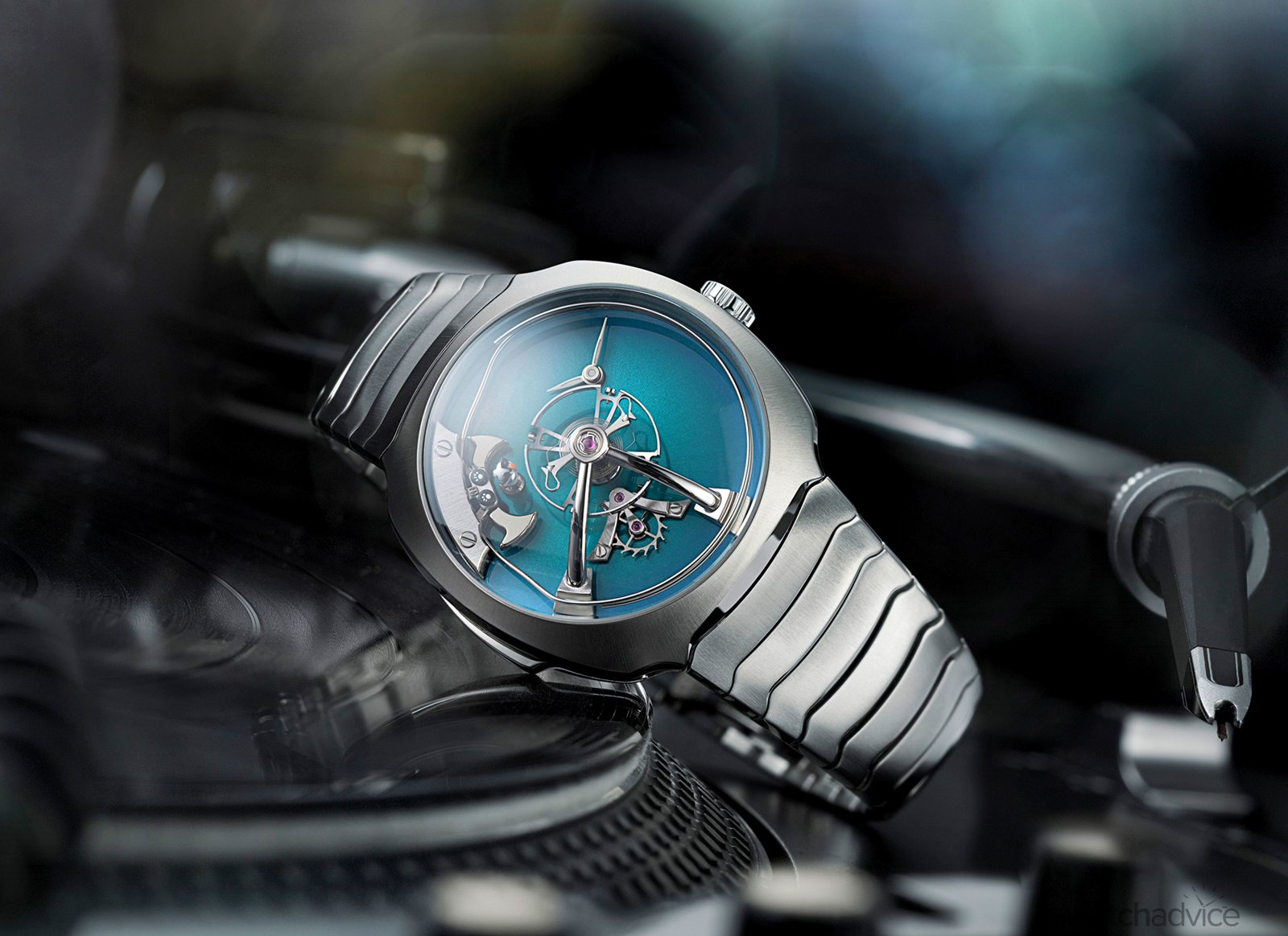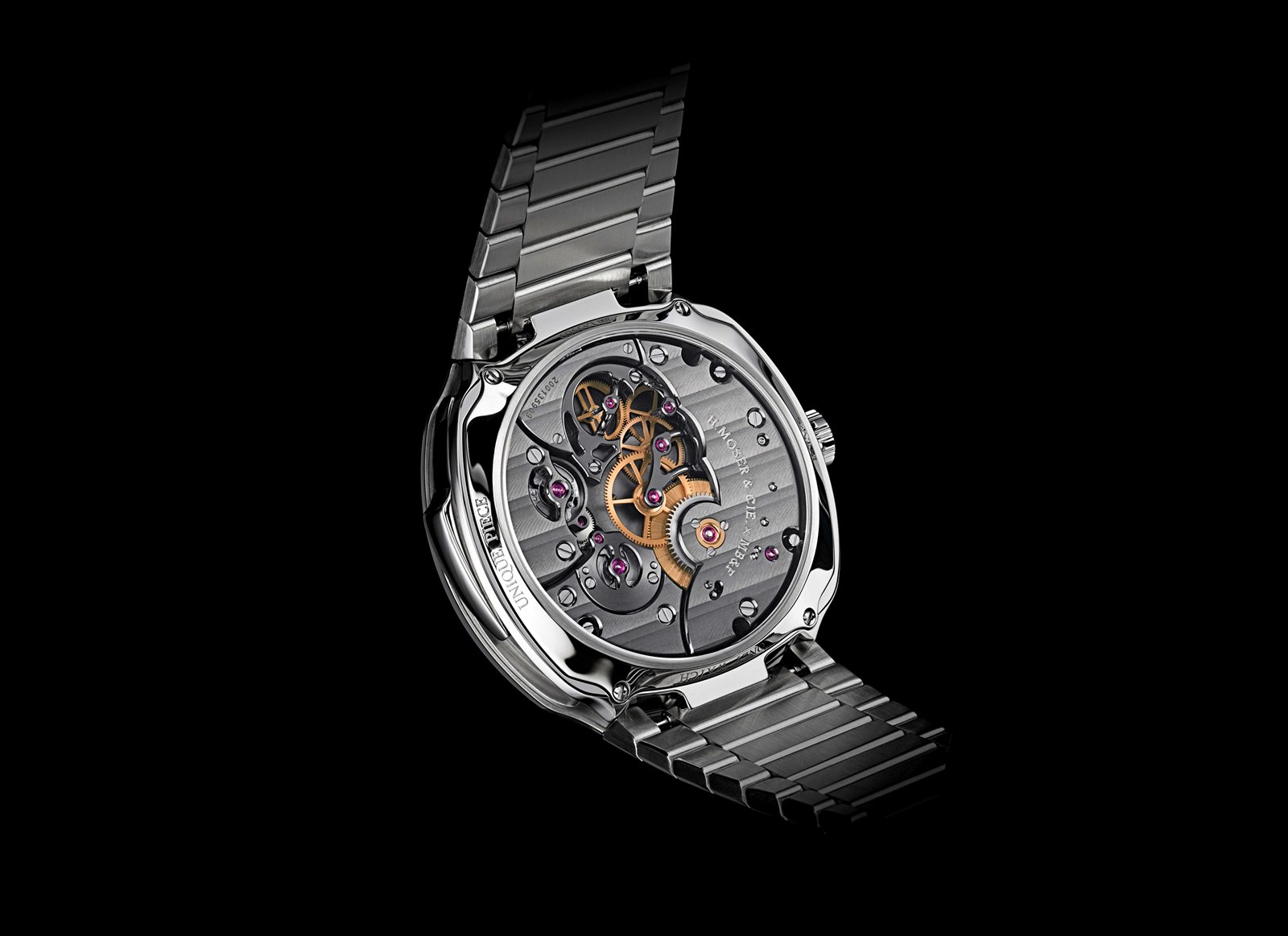In this Watch Education article, we examine one of the most complex watch mechanisms, one that is loved by watch enthusiasts for its complex engineering and beautiful acoustic sounds.
The minute repeater complication is highly coveted. Collectors around the world would love to get their hands on a minute repeater timepiece, but the staggering prices and limited availability are what make these unique watches so sought after. The complication goes beyond just the visual aspect of a timepiece and its beautiful craftsmanship and complex mechanisms. It plays to our sense of hearing, as when the gongs strike, beautiful acoustic sounds can be heard to tell what time it is.
“Minute repeaters chime three different sounds; the hours are typically signalled by a low tone, the quarter-hours by a sequence of two tones and the minutes by a high tone. For example, if the time is 02:49, the minute repeater will sound 2 low tones representing 2 hours, 3 sequence tones representing 45 minutes and 4 high tones representing 4 minutes.”
Patek Philippe on minute repeaters.
MB&F and H.Moser & Cie. collaborative one-off piece featuring a minute repeater!
Now, before you go and say what the point of a watch is that chimes out the time, something to consider is that many watch complications today are on the same boat; they may not have real-world uses. But back when they were first invented, their practical use was indeed beneficial to the user. The implementation of these complications nowadays on timepieces is to show what can be done rather than practical use. Pushing the boundaries of innovation and seeing what incredible complications can be put into the size of a 50-cent coin is what horology is about. This is exactly what the minute repeater complication is, a complex mechanism that took conventional watchmaking and gave it acoustic sounds to chime out the time for you.
While sounding out the time on your wristwatch may not be a practical solution nowadays, we still see it in action outside of timepieces. For example, the clock tower in a city centre may sound out the time by hour increments, with large bell chime for each hour that’s passed. The sounding of “time” has been an expression that has been used since ancient times.
History Of The Minute Repeater
The history of the minute repeater can be traced all the way back to the 17th century. From the texts of ancient horology, it is said that English watchmaker Daniel Quare (1649-1724) was the first person to invent the minute repeater. Daniel Quare was a successful and authoritative member of the Worshipful Company of Clockmakers, which was established under a Royal Charter granted by King Charles I in 1631. The Company of Clockmakers was set up to have authority over horological trade and provide horological training and a level of order within the trade.
Before Daniel Quare stepped into the scene, however, Reverend Edward Barlow was the first to invent a “repeating clock”. This was a clock that featured a rack and snail striking system to make the acoustic sounds and one that was made to be easily repeatable. However, making a repeater clock and a repeater timepiece are two different things. Fitting all the mechanisms of the repeater clock, such as the bells, metal wires, gongs or hammers, gear train, racks and complicated striking mechanisms, into a small pocket watch, was indeed a highly complex task.
Quare’s curious mind led him to invent the universal system of repetition of hours and quarters in timepieces. This was known to be the “quarter repeater”, and the timepiece chimes in quarters. However, after his successful invention of the quarter repeater in 1680, he underwent personal problems due to this invention; as in 1686, Robert Barlow tried to patent this invention as his own (repeater watch), claiming that he, too, created something very similar. With the help of the Company of Clockmakers, Quare took the matter to court, where it successfully went in his favour in 1687.
In the evolution of the Repeater watch, Frenchman Julien Le Roy helped its advancement by creating a “dumb repeater.” The dumb repeater’s main feature was that it would strike the time inside the case, producing a muffled sound that could only be felt if the watch was on the hand. It is said that dumb repeaters were common amongst courtiers’, who would discreetly check the time in their pocket watches so that they would not disturb or offend the royal councils and the monarch during meetings.
Shortly after, around 1750, the famous English horologist, Thomas Mudge upgraded the repeater watch with his own taken on the complex mechanism. Thomas Mudge is famous for having played a major role in the advancement of the world of Horology. Many of his innovations are what led to the modern horological complications we see today, such as the perpetual calendar complication. Read our Art of Complications – The Perpetual Calendar to learn more!
Thomas Mudge’s minute repeater watch was a definite improvement on the repeater watch complication. Previously, the repeater watch would only chime out the last hour and quarter, along with half-quarter and five-minute repeating mechanisms. Thomas Mudge’s minute repeater pocket watches, however, would sound the last hour, the last quarter and also the number of minutes past that last quarter, making it the most complex repeater watch.
Abraham-Louis Breguet, another famous watchmaking icon, made further advancements to the minute repeater complication as early as 1783, which is more akin to the minute repeater timepieces we see in the modern age. While A.L Breguet’s minute repeater complication was designed for pocket watches, the overall design stayed true to timepieces as well. While minute repeaters prior to A.L Breguet’s design featured bells inside the case to sound out the time, he replaced them with thin metal around the interior of the walls of the watch, which produced the sound when hit by the gong.
A.L Breguet also adjusted the overall design of the minute repeater so that it could now feature an “all-or-nothing” or tout ou rien mechanism, which prevented the pocket watch from chiming incorrectly. This mechanism ensured that the chime wasn’t set in motion unless the user properly engaged it from the push-piece or alternatively until the slide lever was completely pressed.
It wasn’t until 1892 that we saw the very first minute repeater watch in wearable wrist form. Audemars Piguet produced the first-ever wearable minute repeater wristwatch movement for Louis Brandt, the founder of Omega! The minute repeater created by Audemars Piguet was essentially a pocket watch with leather straps affixed to either side of the case, allowing it to be worn on the wrist.
Variations of the Repeater Watch
Quarter Repeater
As we know, the quarter repeater is the first type of repeater watch to be created. It strikes the number of hours first and the number of quarter hours after that since the last hour. The quarter repeater mechanism uses two tones to strike hours and quarters.
Dumb Repeater
As I explained above, the dumb repeater tells the wearer the time without using sound. Used by the hearing impaired or for those who don’t want sound repeaters, dumb repeaters produce vibrations that can be felt by the hand or on the wrist (if worn with straps). Instead of the traditional gong, the hammer would strike the hours on a solid metal block attached to the case, producing a dull ‘thud’ vibration.
Half-Quarter Repeater
The half-quarter repeater is used to sound out the time to half a quarter or 7.5 minutes. It works by striking the hours and then the quarters, followed by a single tone to sound that more than half of the quarter hour has passed. If, for example, the time is 3.43, the half-quarter repeater watch will chime out the time as follows: strike 3 low tones “Dong” sound (3 hours passed), then 2 sequence tones “ding-dong” sound (2 quarters have passed) and finally a high tone “ding” to show that more than half of the third quarter has passed (43= 13minutes past 30mins etc).
Five-Minute Repeater
The five-minute repeater works by striking the hours and then the number of five-minute periods since the hour. It is naturally the more advanced version of the quarter repeater as it is more precise. The mechanism uses a low tone for hours, “dong,” and then a high tone,” ding,” to distinguish the minutes.
Minute Repeater
The repeater watches that we know of today are mainly minute repeaters. As explained previously, minute repeaters work by chiming out the hours, and then the quarters, followed lastly by the number of minutes since the last quarter has sounded. Usually, to distinguish between the three, the hours have a low tone “dong”, the quarters a sequence of two tones “ding-dong”, and finally, the minutes a high tone “ding”.
Decimal Repeater
A decimal repeater works in a similar fashion to the minute repeater; however, after chiming the hours, it would chime the number of ten-minute intervals (instead of quarters) and then the minutes. For example, if it is 7:37, the decimal repeater will chime 7 low tones for the hours, 3 sequence tones for 30 minutes, and 7 high tones for the 7 minutes.
Grand Sonnerie
The Grand Sonnerie (known in French as ‘grand strike’) acts like a repeating watch that triggers itself on the quarters. The grand sonnerie acts like a quarter repeater or minute repeater would when they are triggered manually. Due to the grand sonnerie being able to engage without getting manually triggered, it usually comes with a second barrel for an additional power source. The grand sonnerie can also be triggered manually to activate the repeater on demand. The grand sonnerie will still strike the hours first, followed by the quarter interval (15min, 30min or 45min).
Audocron
The Audocron is a unique take on the repeater watch. It was invented by a student of the Ecole Technique de la Vallée de Joux, who created a mechanical 10-minute repeater in the 1930s. It was made as a clock to aid the blind and was patented for its design (3,925,777) in 1974. Manufactured in the US, the Audocron, when touched, would chime out the hour, and then in a higher tone, the tens of minutes followed by the minutes in the original tone, with a 1.5 second between each segment (hour, 10-minutes etc).
How Does a Minute Repeater Work?
The basic premise of a repeater is fairly straightforward. A repeater watch involves a mechanism that causes two hammers to strike the correct time, sounding different tones/notes for the hours, quarters, and minutes. In modern horology, gongs are used to sound out the time against a thin “wire” or repeater ring, whereas early repeaters used hammers to strike against bells.
The repeater chiming has its own independent gear system from the rest of the movement. The system features a mainspring, gear wheels, and an escapement that controls the movement’s progression. Most modern minute repeaters are activated through a push button on the side of the case or a slide lever, both of which wind the minute repeater’s mainspring. To put it in simple terms, within the repeater gear system is a “rack”, a semi-circular component with teeth. Once the rack determines the number of hours, this information is relayed through the gear system to the tiny hammers, which then hit against the repeater ring to generate the chime.
Patek Philippe states “over 100 unique components must be combined to create a minute repeating mechanism with each component manufactured to extremely exact tolerances. Integrating a minute repeater into a pocket watch takes incredible skill but fitting one inside a wristwatch adds several magnitudes of intricacy, as the comparatively small case requires the further miniaturization of what are already extremely small parts.”
Assembling a minute repeater timepiece can take a watchmaker anywhere from 200-300 hours of work. However, this time period is only achievable by highly skilled watchmakers with up to a decade of experience and also through the latest innovative technologies in watchmaking. Before major technological advancements, assembling a single minute repeater timepiece took watchmakers six months to construct and calibrate! The journey, which considers a multitude of mechanical considerations, is accomplished by applying rigorous scientific practice. Simply just fitting all the components of the movement together is not enough. The chime of the minute repeater must be near perfect. If the chime doesn’t produce the required sound, then the watchmaker must remove the gong and re-calibrate it by removing all the intricate miniature pieces, a process that can take days to weeks to complete!
Each individual minute repeater that is produced will never sound like another. This is due to the slight differences in metal properties that go into each watch movement, much like a human fingerprint! So, the same reference minute repeater from a watch brand can produce different chimes, as subtle as they may be.
Modern-Day Minute Repeater Timepieces
Audemars Piguet – Royal Oak Minute Repeater SuperSonneire
Ref: 26591CE.OO.D002CA.01 (Special Edition)
With Audemars Piguet being the first brand to create a wearable minute repeater timepiece on the wrist, it only feels right to start the list with one of the brand’s current minute repeater timepieces. The Royal Oak Minute Repeater SuperSonneire carries all the iconic design codes of the Royal Oak, while the case construction has been done through titanium to greatly improve the sound/chime. The Supersonnerie improves repeater sound as the gongs are attached to a titanium soundboard instead of a base plate. The volume of the chimes is greatly increased as the soundboard resonates with the gongs. The sound travels through the holes in the case back for a beautiful, crisp, audible chime.
Patek Philippe – Grand Complication Sky Moon Tourbillon
Ref: 6002R-001
This is Patek Philippe’s second most complicated timepiece. The Sky Moon Tourbillon is certainly a sight to behold, one that will make any watch aficionado stare in pure admiration. This exceptional timepiece features 12 complications, which include a minute repeater with “cathedral” gongs, a tourbillon, a perpetual calendar with retrograde date hand, moon phases, sidereal time, and sky chart and also shows the phases and orbit of the moon. To say that this watch is incredibly complex is to put it very lightly.
Jaeger-LeCoultre – Master Grande Tradition Calibre 950
Ref. Q52334E1
Jaeger-LeCoultre has created a watch with two incredibly complex mechanisms, all the while presenting a very aesthetic-looking timepiece. Not quite as complex as the Patek Phillipe above, yet still impressive both in terms of technicality and aesthetics, for the Master Grande Tradition Calibre 950, the brand has put together a minute repeater alongside a perpetual calendar complication. In one of our previous articles we looked at the perpetual calendar (click here to read!) and how complex it was to make. Combining both complications is an impressive accomplishment, to say the least. Understandably limited to just 30 models, the Master Grande Tradition Calibre 950’s minute repeater works by moving the slider on the side of the case, just like the Audemars Piguet Royal Oak Minute Repeater Supersonneire.
Breguet – Repetition Minutes 7637
Ref. 7637BR/12/9ZU
Breguet’s Classique “Grande Complication” minute repeater is presented in an 18-carat gold case with classic Breguet styling, including the signature hand and hour indices design. One of the innovations for this Repetition Minutes 7637 model was the fact that it now uses gold material for the gong. The brand states, “Breguet’s movement designers found that it produced the finest and richest sound. There was an additional bonus. Because the gong rings and the watch case are both gold, they share a similar intrinsic impedance. This makes the transmission of sound from the gongs to the watch case’s exterior more efficient and is the subject of a Breguet patent.”
Jaquet Droz – Bird Repeater “300th Anniversary Edition”
Ref. N/A
Back in 2012, Jaquet Droz revolutionised minute repeater timepieces by creating the Bird Repeater collection. The high horology innovations featured in this collection are thanks to the House’s Ateliers d’Art techniques, combining traditional watchmaking with one-of-a-kind automation expertise. This latest Bird Repeater “300th Anniversary Edition” is issued as 8 pieces to celebrate the 300th anniversary of the founder Pierre Jacquet-Droz. The dial features multiple bird animations, with eggs hatching and the river breathing life into the timepiece. The animations on the dial resonate with the minute repeater, which is housed in an 18k red gold case to provide beautiful acoustic chimes.
H.Moser x MB&F – Streamliner Pandamonium Model (One-off for Only Watch)
Ref. N/A
For the second time, Maximilian Büsser (CEO MB&F) and Edouard Meylan (CEO/Owner H.Moser & Cie.) have collaborated to create another incredible timepiece for the Only Watch Charity. This time, the creation is an exceptional one-off piece dedicated to music. The H. Moser X MB&F Streamliner Pandamonium features a minute repeater, which is “sounded” out by a miniature DJing panda, a creature that has become a significant inclusion in Only Watch creations by MB&F. Not only is this timepiece acoustically captivating, but also visually too as the minute repeater mechanism can be seen on the fumé dial in a brand-new colourway!


